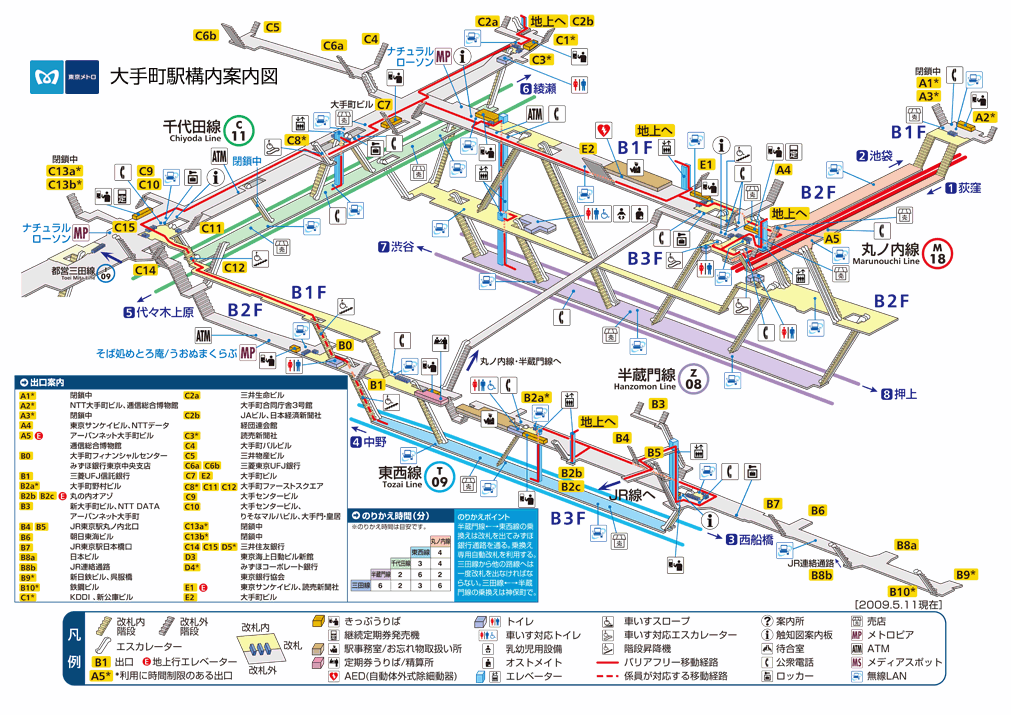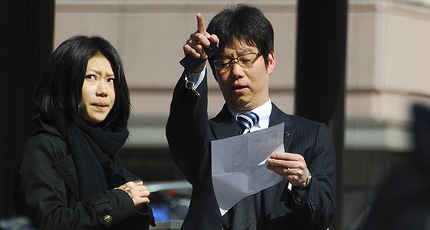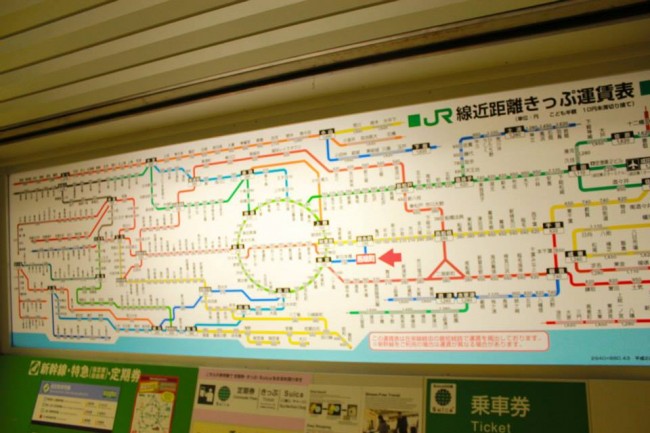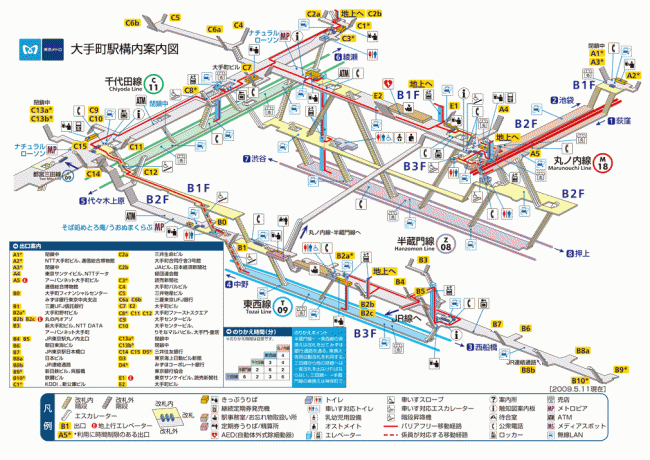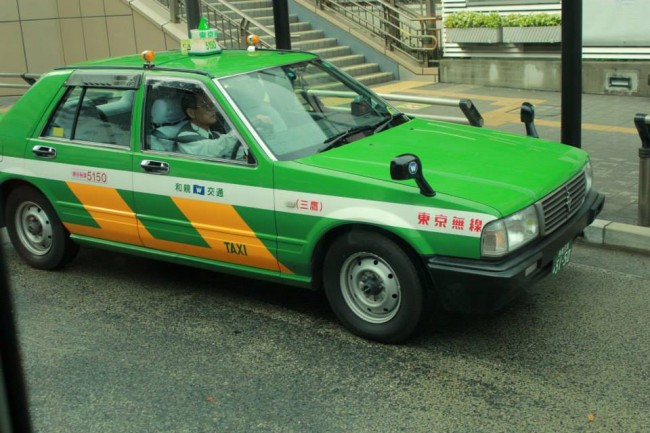Even with a map in hand, it is not uncommon for tourists (and even the locals!) to get lost in Japan, especially when it comes to the complex subway lines. When you’re lost, or unsure what is the best way to go to your next destination, the first thing that comes to mind is to look for help from a friendly pedestrian willing to bail you out. But then you soon realize that despite the first, second and even third attempts, you still don’t get it! What’s going on? Let’s go step by step so we can understand what you have got into.
From what I’ve heard from many travelers who have visited the land of the rising sun, Japan is one of the countries where respect and courtesy are unequivocal and omnipresent, in every social stratum and work force. Driven by its government as well as the citizens, a solidarity spirit reigns in the air, which expects each member of society to refrain from disturbing each other, as well as messing with anyone else’s business. So do not be surprised when you see people running away from you as you approach them. In addition, the language barrier also comes into play, making it even harder for a tourist to approach a local.
Despite being a nation that welcomes millions of tourists annually, the number of people who speak English or feel like they can communicate confidently with tourists is relatively low, even in the big cities. This is not because of the lack of lessons in schools, but Japanese people tend to decline to help as they would prefer to avoid any misunderstandings that might occur.
Nevertheless, the tourism industry is highly effective, and you’ll always find some employee who can help you in English with your doubts before you start your day in the streets of the city. Even if English is not your first language, you’ll be able to find and book internet tours or Spanish (or other languages) guides who can pick you up at your hotel and help you with your trip.
It is also not uncommon to come across a helpful local, who is all smiles but unable to provide any assistance or directions. It can be considered rude in Japanese culture for them to give a firm negative affirmation such as “I don’t know,” so if you find yourself in such a situation, I recommend you to thank them in a friendly way and then keep on moving.
It is also difficult to find the place you are looking for, as the streets and avenues don’t exactly have a name at times. It would be wise to first write down the address of a place, and then check the surrounding places near your destination with an online map. You can then look out for any landmarks, big buildings or famous stores that would help you locate your destination.
The subways or trains will take you to almost every place you wish to travel to, but it’s important to know which exit to use when exiting the station. It seems unimportant, but the complex and almost labyrinth passageways can cause you a much longer walk if you use the wrong exit. This is especially true for the bigger stations like Shinjuku, which has more than 200 exits, organized by letter, then by a digit (Exit A1, B3, C7 etc.). So be prepared, and make sure you know which exit to use.
In other countries, when I was totally lost, I simply took a cab and tried to communicate with the driver about my destination. But in Japan, besides taxis being the most expensive mean of transport, not every driver can speak your language. A good tactic to resolve this problem if you are going to your hotel or a specific location, is to print the information in Japanese so your driver can read it. A lot of web sites offer those phrases in the local language so you don’t have to use online translators (which sometimes have mistakes and are not 100% effective). Even so, your hotel might be located on a small unknown street, in a not so populated neighborhood, so my advice is to know which is the nearest train station, so you can tell your driver and he has a better idea how to get there.
A very useful tool is Google Maps. There, you’ll know distances, ticket prices, as well as different access routes either by foot or even by bicycle. If your cell phone has GPS, moving around the city won’t be hard at all, although you’ll have to buy a SIM card for your phone with Internet service, provided by a lot of cell phone providers.
If you find yourself in a position where you absolutely must ask for help, then college or high school students are your best and safest option. They’re still studying English, and their youth makes them more uninhibited when it comes to using talking with you.
Even if you are totally prepared, things always can go wrong. Luckily, Japan is a friendly and well prepared country to help tourists with their inconveniences. And if you get lost and have time, just walk around, you might just find a hidden and marvelous side of Japan. Enjoy it!


